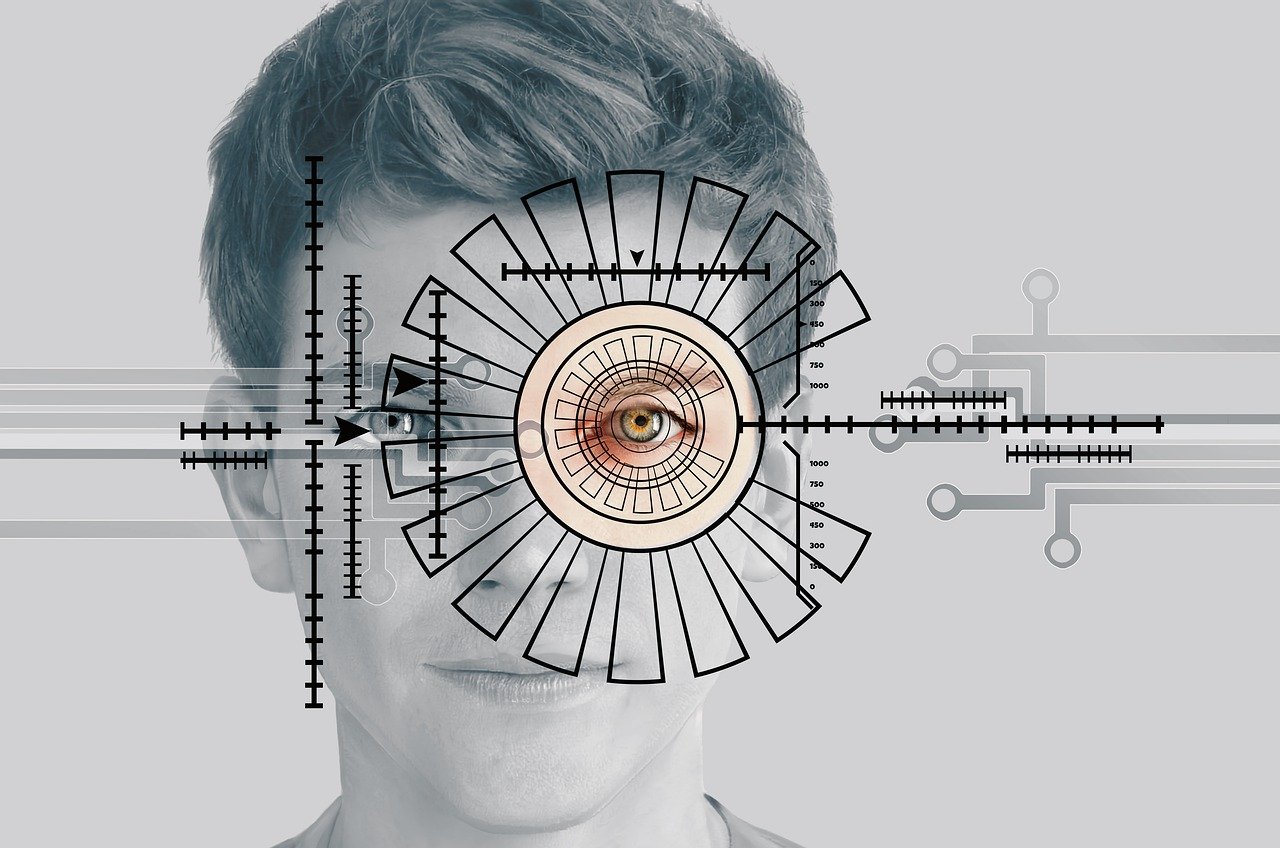
Certain types of nonimmigrants will be expected to shell out more money for the nonimmigrant visa process.
The State Department has announced that starting June 17, 2023, nonimmigrant visa (NIV) application processing fees for visitor visas for business or tourism (B1/B2s and BCCs), and other non-petition based nonimmigrant visas such as student and exchange visitor visas (F, M, and J visas), will increase from $160 to $185.
Additionally, processing fees for certain petition-based nonimmigrant visas for temporary workers (H, L, O, P, Q, and R categories) will increase from $190 to $205.
Fees for a treaty trader, treaty investor, and treaty applicants in a specialty occupation (nonimmigrant E category) visa will also increase from $205 to $315.
What if I pay my nonimmigrant visa fee prior to June 17, 2023?
In this case you are in luck. Nonimmigrant visa fees paid prior to June 17, 2023, will remain valid through the expiration date on your nonimmigrant visa fee payment receipt.
Why the increase?
The Department of State has said that nonimmigrant visa fees are set based on the actual cost of providing nonimmigrant visa services and are determined after conducting a study of the cost of these services.
The agency uses Activity-Based Costing (ABC) methodology to calculate, annually, the cost of providing consular services, including visa services.
Continue reading

 Visa Lawyer Blog
Visa Lawyer Blog










